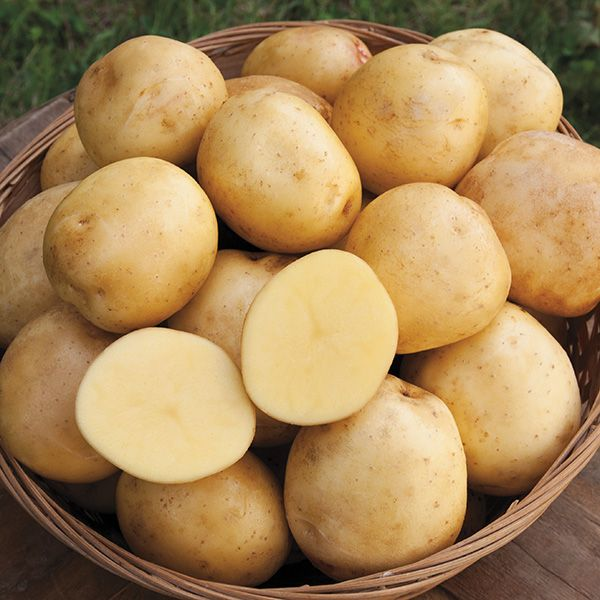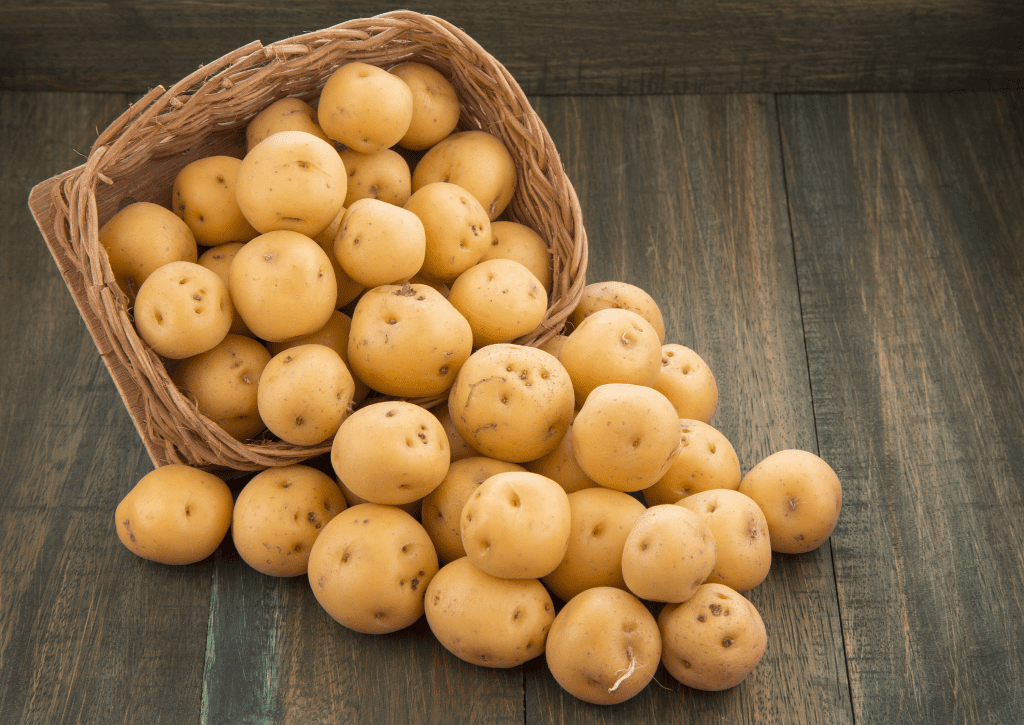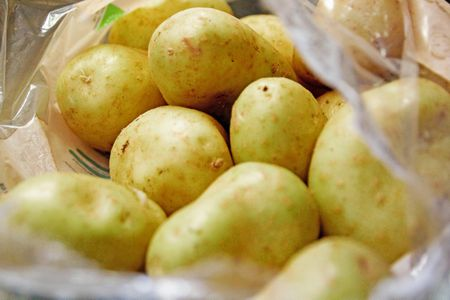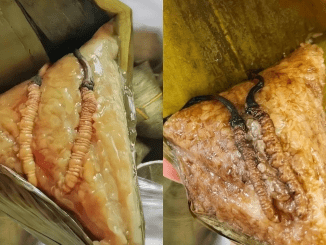Potatoes are a pantry staple, versatile in every way, and a key ingredient in many dishes worldwide. But without proper storage, they can quickly go bad, leading to sprouting, shriveling, or even the production of toxins. The key to maximizing potato freshness is to create an environment that slows their natural aging while avoiding conditions that promote spoilage. Let’s dive into some practical, effective ways to store potatoes so you can enjoy their freshness for as long as possible.
Start with the Best Potatoes

Before storing potatoes, make sure you’re choosing high-quality ones right from the start. Look for potatoes that are:
- Firm to the Touch: Soft or squishy spots indicate that they’re already on their way to spoiling.
- Free from Cuts or Bruises: Any damage can introduce bacteria, which accelerates spoilage.
- Uniform in Color: Avoid potatoes with greenish spots, as these areas may contain solanine, a naturally occurring toxin. Also, skip potatoes that are already sprouting; they won’t last long in storage.
Starting with good potatoes sets the foundation for successful storage, as quality directly affects longevity.
Resist Washing Potatoes Before Storage
Washing potatoes before storage may seem like a good idea, but it can actually cause more harm than good. Here’s why:
- Moisture Promotes Mold and Decay: The dampness from washing creates an ideal environment for mold and bacteria to thrive, leading to faster spoilage.
- Dirt Acts as a Natural Protector: The residual dirt on potatoes can help shield them from rot.
Instead, brush off any soil or debris without using water. Wash your potatoes only when you’re ready to use them.
Keep Potatoes at the Right Temperature
Temperature control is one of the most crucial aspects of storing potatoes. Potatoes need to be kept cool but not cold. Here’s what to keep in mind:
- Ideal Temperature Range: Store potatoes between 45°F and 50°F (7°C to 10°C) for the best results.
- Avoid Refrigeration: Cold temperatures in the refrigerator can convert the starch in potatoes to sugar, impacting both taste and texture. Refrigeration also leads to an unappealing sweet flavor in potatoes, which is not ideal for most recipes.
Find a cool area in your home, such as a basement or pantry, where you can maintain this temperature range.
Allow for Proper Air Circulation
Potatoes need to “breathe” to stay fresh. Proper ventilation is critical in keeping them from becoming too moist, which can lead to rot. Here’s how to create the best conditions:
- Use Breathable Containers: Avoid airtight containers or plastic bags, as they trap moisture. Instead, opt for paper bags, cardboard boxes, or wire baskets that allow airflow.
- Avoid Sealing Containers: When potatoes are kept in a closed space without ventilation, moisture builds up, causing them to spoil faster. Keep them in a well-ventilated area to ensure a longer shelf life.
Good airflow helps control moisture levels, reducing the chances of mold and rot.
Store Potatoes Away from Light

Exposure to light can cause potatoes to produce chlorophyll and solanine, which not only turns them green but also gives a bitter taste and can make them potentially unsafe to eat. Here’s how to keep them safe:
- Dark Storage Spaces: Store potatoes in a pantry, cupboard, or basement where light exposure is minimal.
- Avoid Sunlight: Light exposure not only triggers greening but can also speed up sprouting. Keep your potatoes in a dark place to preserve their color and taste.
Keeping potatoes away from light will help prevent green spots and bitterness, ensuring they stay fresh and safe to eat.
Separate Potatoes from Other Produce
Potatoes can be sensitive to the gases emitted by certain fruits and vegetables, particularly ethylene gas, which speeds up ripening and can cause potatoes to sprout. Here’s how to store them properly:
- Keep Potatoes Alone: Store potatoes in their own space, away from fruits like apples, bananas, and tomatoes that release ethylene gas.
- Dedicated Storage Space: A separate storage area for potatoes prevents cross-contamination and helps maintain their quality for longer.
Isolating your potatoes from other produce will help them stay firm and sprout-free.
Regularly Check for Spoilage

It’s important to keep an eye on stored potatoes to catch any early signs of spoilage before they affect the whole batch. Here’s a quick guide:
- Check for Soft Spots and Sprouting: Remove any potatoes that are sprouting, becoming soft, or emitting a musty smell.
- Rotate Regularly: Use older potatoes first and regularly inspect the batch to keep your stock fresh.
- Keep the Good Ones Together: If you find a potato that’s gone bad, discard it promptly to prevent it from affecting the rest.
Regular monitoring helps you catch any issues early and ensures your potatoes stay fresh for as long as possible.
Consider Climate Conditions for Optimal Storage
Your local climate can impact how well potatoes store, and you may need to adapt your storage strategy based on the environment. Here’s how:

- Humid Climates: Excess humidity can cause potatoes to rot. Use a dry cloth or newspaper to absorb moisture, or consider using desiccants to keep the area dry.
- Dry Climates: In areas with low humidity, potatoes can dry out quickly. Consider using a slightly more enclosed container (still breathable) to maintain some humidity.
Adapting to your local climate will help keep potatoes fresh, regardless of external conditions.
Conclusion
Storing potatoes properly isn’t as complicated as it might seem. By choosing quality potatoes, avoiding pre-storage washing, keeping them cool and well-ventilated, storing them in a dark spot, and checking for spoilage, you can enjoy fresher, longer-lasting potatoes. With these easy storage techniques, your potatoes will be ready for your favorite recipes, staying delicious and nutritious while reducing waste. So next time you’re putting potatoes away, remember these tips to keep them fresher for longer!


